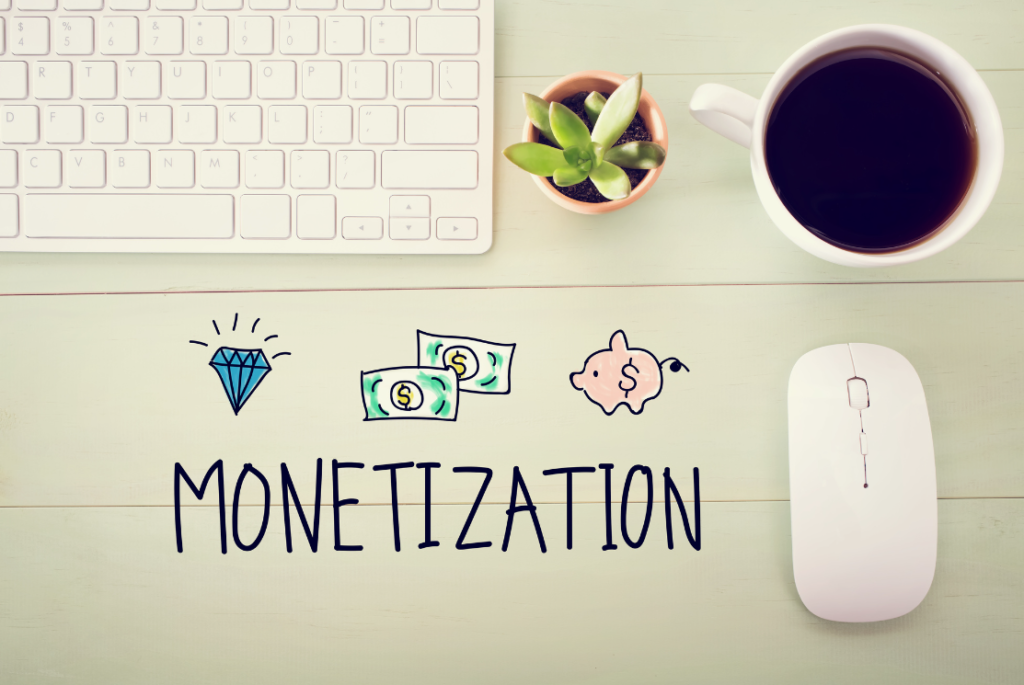Ever stumbled upon a fascinating article, a hilarious personal story, or a recipe that changed your life – all on a blog?
Imagine being the one creating that kind of impact, sharing your unique voice with the world.
Maybe you have expertise to offer, passions burning inside you, or simply a desire to connect with others online. Blogging is a powerful platform that lets you do just that and build a community around your ideas.
In this guide, we’ll break down everything you need to know to start your very own blog and embark on this exciting online adventure!

Part I: The Foundations of Your Blog
This section establishes the core decisions you’ll make: what to write about, where your blog will live on the internet, and its online address.
1. Define Your Niche Choosing a specific niche (or topic) gives your blog focus and helps you attract a dedicated audience. Think about your passions, areas of knowledge, and the types of problems your ideal readers have, or things they’re deeply interested in. A well-defined niche makes it easier to create relevant content that people within that niche will be actively searching for.
2. Choose a Blogging Platform Various platforms cater to different levels of technical experience and customization needs. Popular options like WordPress (self-hosted or the simpler WordPress.com), Blogger, Squarespace, and Wix each offer their own set of features and user-friendliness. Consider how much control you want over your blog’s design and functionality when making your choice.
3. Pick a Domain Name and Web Hosting Your domain name is your blog’s web address – make it memorable, short, and related to your niche. A web hosting service stores your files and keeps your blog accessible online. Choose a reputable hosting provider that offers good customer support and reliable uptime to keep your blog running smoothly.
Part II: Designing Your Digital Home
In this phase, you’ll focus on the appearance and functionality of your blog to give it a unique feel and make it easy for readers to find what they’re looking for.
4. Choose a Theme or Template This pre-designed layout determines the overall look of your blog. When selecting a theme, consider elements like how well it aligns with your niche, if the navigation is clear and user-friendly, and whether it looks good on both desktop and mobile devices.
5. Customization Personalize your blog’s design to make it your own! Choose color schemes, fonts, and a simple logo that reflect your niche and your brand personality. Organize your layout thoughtfully to improve the reader’s experience.
6. Essential Pages Include an “About” page to introduce yourself and build trust with readers. Create a “Contact” page so people can easily get in touch with you. A “Privacy Policy” page is a must-have, outlining how you handle user data and often a legal requirement.

Part III: The Heart of Your Blog – Content
Here, you’ll dive into crafting compelling posts that will attract and keep readers coming back.
7. Brainstorm Content Ideas Use keyword research tools (like Google Keyword Planner or SEMrush) to find out what people in your niche are searching for, analyze competitors to see what they’re writing about, or use mind mapping techniques to branch out from your core topic.
8. Master the Art of The Blog Post Create attention-grabbing blog posts with captivating titles, engaging introductions, and by breaking up text with headings for readability. Include images, videos, or infographics to enhance the visual appeal and keep readers interested. End with clear calls to action, encouraging comments, shares, or newsletter sign-ups.
9. SEO Basics Learn the fundamentals of search engine optimization (SEO) to help people find your blog. Use relevant keywords in your titles, headings, and naturally throughout your content. Focus on writing informative, high-quality articles that Google will love. Explore ways to build backlinks (links from other websites to yours) to increase your blog’s authority in the eyes of search engines.
Part IV: Promote Your Blog
Now it’s time to share your creations, attract a loyal readership, and actively build a community around your blog.
10. Leverage Social Media Establish a strong presence on the social media platforms where your target audience spends their time. Don’t spread yourself thin—focus on a few platforms and master those. Share your blog posts regularly, interact with your followers by responding to comments, and actively participate in relevant conversations within your niche.
11. Email Marketing Collect emails by offering a valuable lead magnet (like a free download or exclusive tips) in exchange for a reader’s email address. Send regular newsletters with updates, new blog posts, and special content for your subscribers. Segment your email list to send more targeted, relevant information to different groups of subscribers based on their interests.
12. Guest Blogging & Networking Increase your blog’s exposure by writing guest posts for other established sites within your niche—a way to tap into an existing audience. Participate in blogging communities related to your topic both online (like Facebook groups) and offline (like meetups or conferences). Build authentic relationships with other bloggers and explore opportunities for collaborations and cross-promotion.
Part V: Launch and Beyond
This portion details how to successfully unveil your blog to the world and nurture its long-term growth for continued success.
13. Pre-Launch Buzz Build excitement before officially going live! Share snippets of future content on social media to pique interest, set up a “Coming Soon” page to gather email addresses, and consider reaching out to influencers within your niche to see if they’d be interested in sharing your blog when it launches.
14. The Big Launch Before the big day, double-check that everything is working smoothly – test your links, forms, and any technical features. Make a celebratory announcement on your social media channels and send an email to your list. Don’t be afraid to shout it from the rooftops and be proud of your accomplishment!
15. Consistency is Key Treat blogging as a long game. Set a realistic posting schedule and do your best to stick to it – this demonstrates reliability to your readers. Utilize a content calendar to plan posts in advance and stay organized, and consider batching the creation of multiple posts at once to maximize your efficiency.
16. Analyze and Adapt Use website analytics tools (like Google Analytics) to gain insights into how people are finding your blog, what content is performing well, and where you can make improvements. Gather feedback from your readers with polls and surveys and don’t be afraid to tweak your strategies or try new things based on what your data and audience tell you.

Part VI: Monetize Your Blog (Optional)
This part explores various strategies to turn your passion project into a potential income stream, should you choose to go that route.
Affiliate Marketing: Recommend products or services relevant to your audience and earn a commission on sales made through your unique links. Maintain trust by only promoting things you genuinely believe in and being transparent about your affiliate partnerships.
Advertising: Display ads on your blog with networks like Google AdSense. Be mindful of how many ads you include to avoid negatively impacting the reader experience.
Sell Products: Create and sell digital products (eBooks, courses, printables) or physical products closely related to your niche. This allows you to offer direct value to your audience.
Offer Services: Monetize your expertise through freelance work, consulting, or coaching within your area of knowledge. Your blog can be a great way to showcase your skills and attract potential clients.
Memberships: Offer exclusive content, community access, or special benefits to paying subscribers, creating a recurring revenue stream for your blogging efforts.
Important Considerations: Remember, blogging success rarely happens overnight. Focus on building a loyal readership, abide by relevant laws and regulations, and prioritize building genuine connections with your audience.
It’s important to note that monetization isn’t a requirement for every blog. Some people blog purely as a hobby or for self-expression. However, if you’re interested in turning your blog into a source of income, here are some common strategies:
Important Considerations:
- Patience: Growing a loyal readership and generating significant income (if you choose to monetize) takes time and dedication. Don’t get discouraged by slow initial progress.
- Legal Compliance: Look into copyright laws, privacy policies, affiliate disclosures, and any other legalities relevant to your blog’s monetization strategies and location.
- Community Building: Respond to comments, host discussions, and prioritize genuine connections with your readers. They are the heart of your blog, and their support is invaluable.
Additional Tips:
- Learn the Basics of Photography: Even simple improvements to your images can make your blog posts vastly more appealing. There are many free resources on basic photography and simple editing techniques.
- Don’t Be Afraid to Experiment: One of the joys of blogging is that you have creative control! Try different content formats, promotional tactics, or monetization strategies to see what resonates best with your audience.
- Networking: Building relationships with other bloggers in your niche can open doors to collaborations, guest posts, and valuable knowledge-sharing.
- Never Stop Learning: Keep up with the latest trends in blogging, SEO, marketing, and your specific niche by reading, attending webinars, or taking online courses.

Conclusion
Starting a blog is an exciting and rewarding journey. It takes consistent work, but by following these steps, creating quality content, and continuously improving your strategies, you’ll create a blog you can be proud of and that truly adds value to your readers’ lives.
We hope this comprehensive guide inspires you to start your own blogging adventure!

